Finding Efficiencies Through Partnership
Using available datasets to create a shared picture of population health needs among hospitals with overlapping geographies
A case study on building system efficiencies through partnerships
The Challenge
Institutions often work in silos. The unintended consequence of this is that work gets duplicated and everyone has their own version. This moment of flux in the system has led to a craving for more data but resources and access to that information are limited. Experts and provincial resources are there to help but doing one-off requests for individual organizations that are not talking to each other is not a good use of system resources.
A partnership between hospitals with overlapping geographies and their research partners was started with the goal of establishing ‘a single truth’ in their data. The teams set out to learn what the data tells us about how we approach integrating care in a densely populated area with rising health disparities.
The Approach
We supported a group of four hospitals and two of their partnering research organizations. Health Commons spent time with the researchers who developed the Physician Networks to understand how the methodology would impact patient attribution in the downtown core. We also explored what planning tools exist for accessing population health data.
To make the information more useful, we created digestible content for the senior leader audience. This simplified version highlighted the nuances of the methodology and drew out the downstream policy implications. We also worked with hospital analytic teams to do a deep dive on acute care utilization. This was all about helping each institution better understand who they serve, what their needs are, and what social determinants shape the well-being of their populations. This also helped each partner gain a deeper understanding of what they have in common and what makes them unique.
To integrate data from multiple sources to get a more holistic picture of health outside of the acute care data, we leveraged publicly available data resources from provincial resources. This helped us provide a very nuanced picture of the local social determinants of health, population health status, and outcomes for priority populations.
“We loved what you did. It is so unique to see this picture of emergency department data overlaid with social, economic, and social determinants patterns... It’s not a typical hospital approach.”
The Outcome
The resulting data and reports provided solid information for discussion between these institutions, helping them to identify policy implications as well as specific opportunities to start integrating care. The comprehensive data package that was developed was shared with related local Ontario Health Teams to inform their ongoing planning discussions.
We learned a few things along the way…
Value of a shared picture. Having one cohesive data package for all hospitals to work from helped to start conversations on the same page. Pooling resources across institutions meant that everyone had access to the same data.
Leverage expertise. The research partners and analytics teams each provided a unique and rich perspective on both what types of data to consider but also on how the data should be interpreted.
Insights come from the messy middle. Just reviewing an endless list of indicators doesn’t help move the conversations to meaningful, new, or novel places. Sitting with the data, using different visualization techniques, and looking for analogous inspiration from other areas allow us to get deeper in the data and create rich insights.




